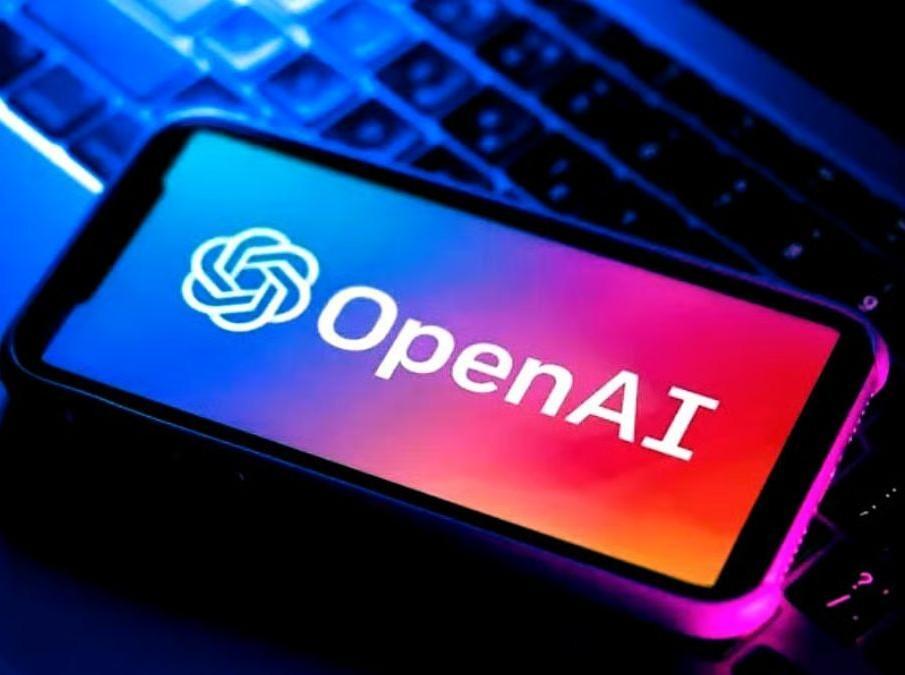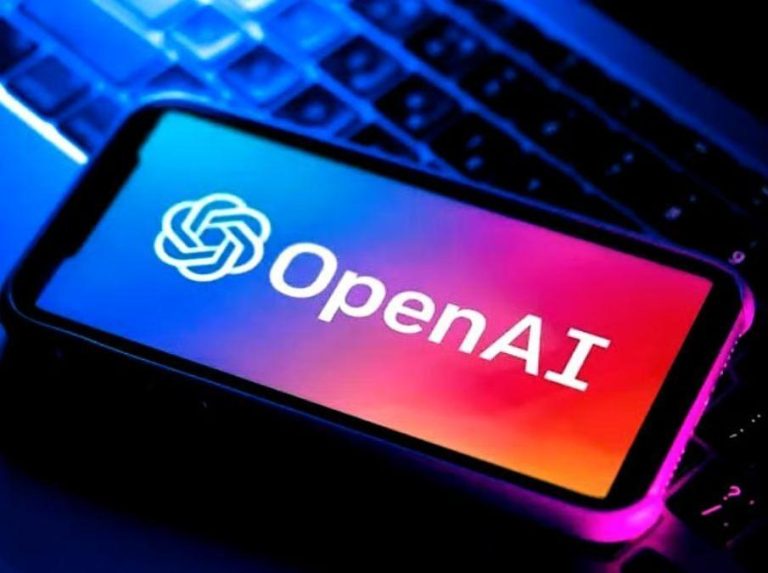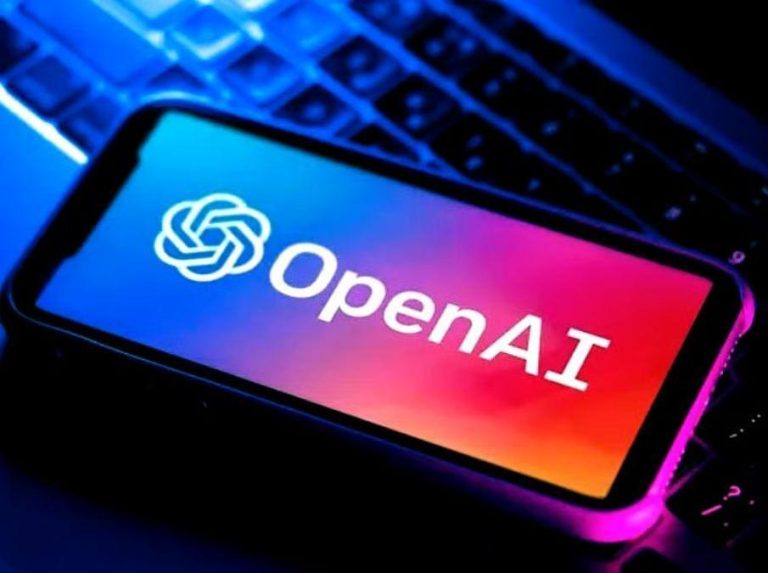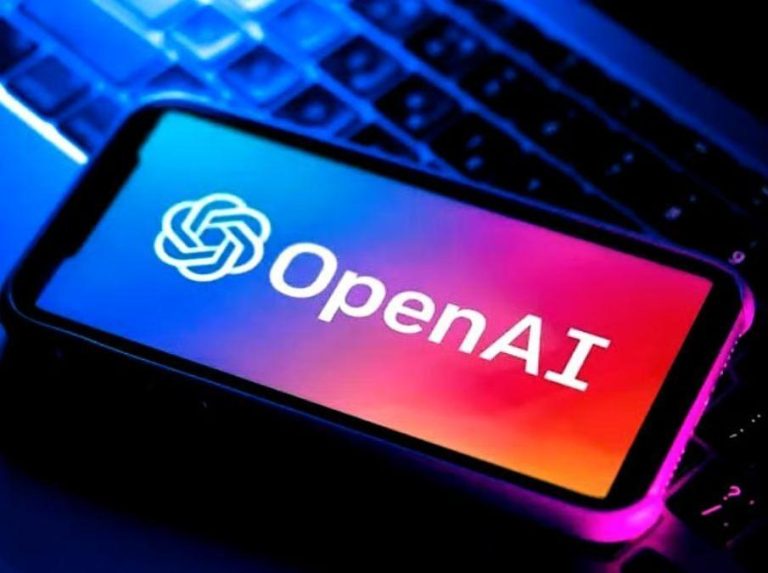
OpenAI Releases Downloadable AI Models for Public, Offline Use
In a groundbreaking move that is set to revolutionize the way we interact with artificial intelligence, OpenAI has released two AI models, gpt-oss-120b and gpt-oss-20b, for public download and offline use. This means that anyone can now download and run these AI models on their own computer, without relying on internet access, expensive subscriptions, or even asking OpenAI’s permission.
This development marks a significant shift in the way AI is distributed and used, as it allows individuals to have complete control over the models, rather than relying on a third-party provider. For the first time since 2019, OpenAI is allowing users to download and run the full model on their own computer, giving them the autonomy to use it as they see fit.
The gpt-oss-120b and gpt-oss-20b models are transformer-based language models that have been trained on a massive dataset of text. They are capable of generating human-like text and have a wide range of applications, from language translation and text summarization to content creation and chatbots.
So, why is this release so significant? For starters, it marks a major shift in the way AI is distributed and used. Historically, AI models have been proprietary and only accessible to those with the necessary resources and expertise. This has limited their potential and created barriers to entry for many individuals and organizations.
With the release of these downloadable AI models, OpenAI is democratizing access to AI technology, making it more accessible and usable for a wider range of people. This has the potential to unlock a new wave of innovation and creativity, as individuals and organizations can now experiment with AI models without needing to rely on expensive subscriptions or internet access.
Another significant aspect of this release is the emphasis on offline use. In today’s world, internet access is often taken for granted, but there are still many areas where connectivity is limited or non-existent. The ability to run these AI models offline means that individuals and organizations in these areas can still benefit from the power of AI, without relying on internet access.
Furthermore, the release of these models also raises interesting questions about ownership and control. Traditionally, AI models have been owned and controlled by the organizations that develop them, which has limited their potential for use and creativity. With the release of these downloadable models, OpenAI is giving users complete control over the models, allowing them to use them as they see fit.
This development also has significant implications for industries such as education, healthcare, and finance, where AI models can be used to improve services and outcomes. For example, AI-powered chatbots can be used to provide personalized support and guidance to students, patients, and customers, without the need for human intervention.
However, it’s worth noting that the release of these models also raises concerns about the potential for misuse. AI models can be used for malicious purposes, such as generating fake news or propaganda. As such, it’s essential that users of these models understand the potential risks and take steps to mitigate them.
In conclusion, the release of OpenAI’s downloadable AI models is a significant development that has the potential to revolutionize the way we interact with AI technology. By giving users complete control over the models, OpenAI is democratizing access to AI and unlocking new possibilities for innovation and creativity. As the world continues to evolve and adapt to the increasing presence of AI, it will be exciting to see how these models are used and what new possibilities they create.






